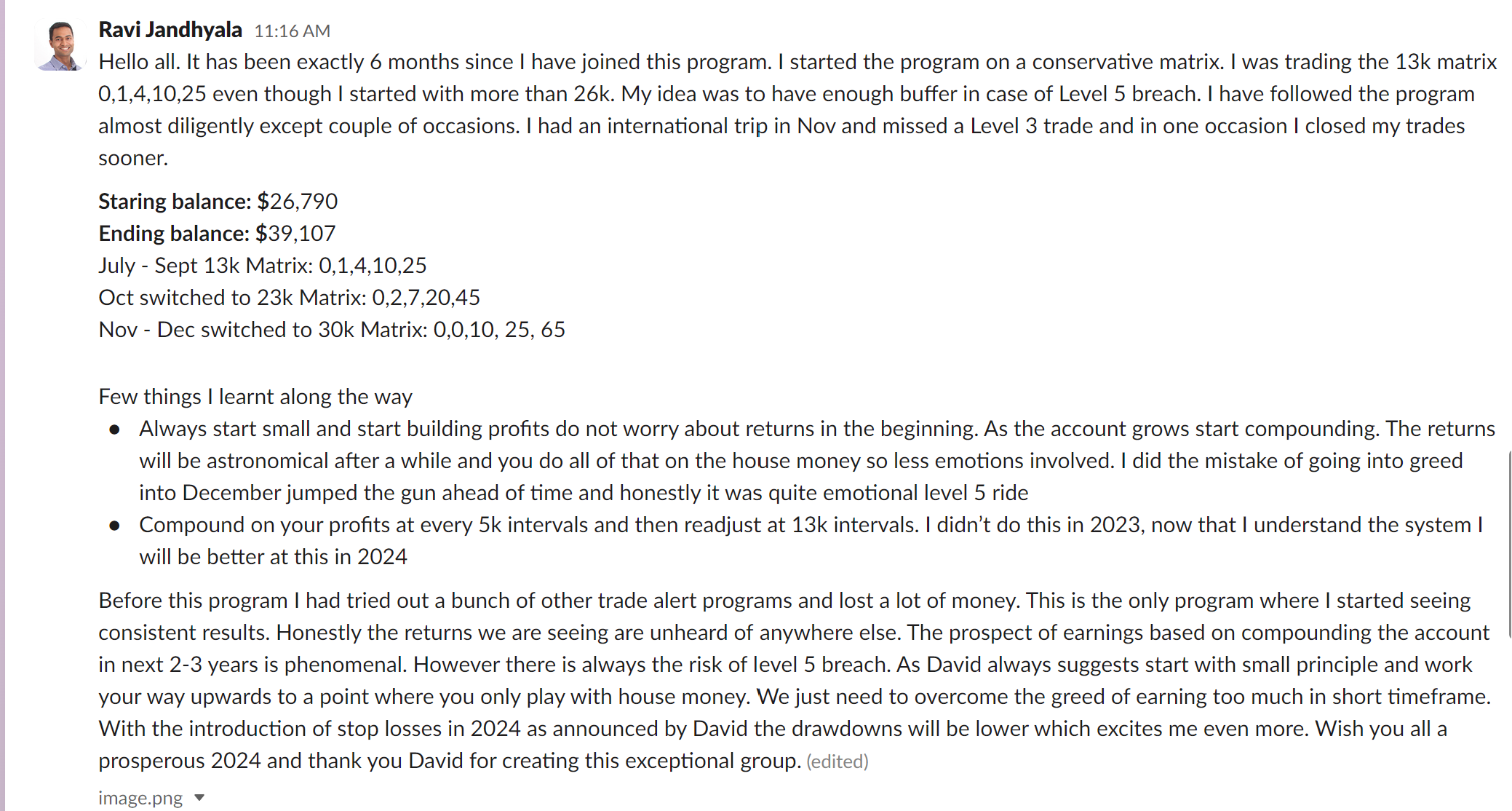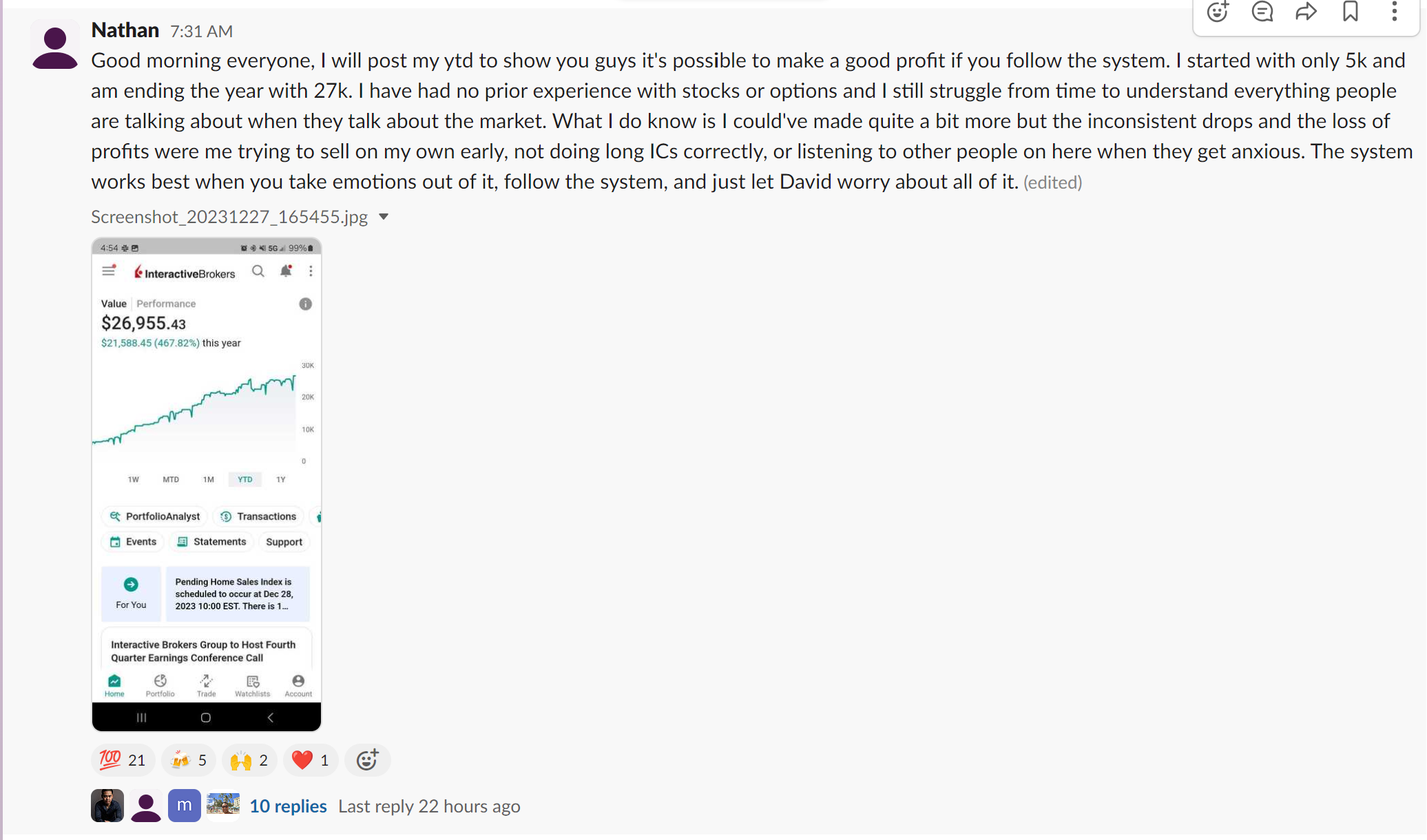Navigating the world of options trading can be intricate and challenging, especially when dealing with complex elements such as the infamous “Greeks.” As essential metrics to understand and track, options Greeks can provide traders with valuable insights into the behavior of options prices and their sensitivity to various factors. By leveraging the power of options Greeks, you can revolutionize your trading strategy by making informed decisions that maximize profits and minimize risk.
In this comprehensive guide, we will unveil the secrets of options Greeks, breaking down the meaning and significance of each Greek and offering practical tips on how to incorporate them into your trading strategy. Along the journey, you’ll also discover our transformative SPX Income Program, expertly designed to simplify the trading process and provide you with unparalleled resources, tools, and guidance to elevate your trading success and maximize profitability.
Embark on a captivating exploration into the realm of options Greeks, demystifying these powerful metrics and uncovering the potential for profound impact on your options trading strategy. With an unwavering focus on maximizing profits and minimizing risk, harness the power of options Greeks in conjunction with our innovative SPX Income Program to revolutionize your approach to options trading and lay a solid foundation for lasting success in the dynamic and ever-evolving financial markets.
1. Delta: The Power of Change
Delta, denoted by the Greek letter Δ, measures the sensitivity of an option’s price to a $1 change in the underlying asset’s price. This metric can be interpreted as the approximate probability of the option expiring in-the-money. Key points to consider about delta include:
– Delta typically ranges from -1 to 1 for call and put options, respectively. A call option with a delta of 0.5 indicates a 50% chance of expiring in-the-money.
– Delta changes with underlying asset price movements, providing crucial information about an option’s directional risk.
– Incorporating delta in your strategy can enhance your market direction predictions and help you make informed decisions about holding, selling, or hedging your positions.
2. Gamma: The Accelerator of Delta
Gamma (Γ) measures the rate of change of an option’s delta, providing insights into the acceleration of an option’s price relative to the underlying asset. Important aspects of gamma include:
– Gamma is highest for at-the-money options and lowest for those deep in- or out-of-the-money.
– Considering gamma alongside delta can help traders anticipate sudden changes in an option’s risk profile, essential for risk management and hedging.
– Tracking gamma allows for better estimates of an option’s directional risk, enabling more accurate forecasting of potential gains or losses.
3. Theta: The Time Decay Ticker
Theta (Θ) reflects the rate at which an option’s price decays as it approaches its expiration date. Understanding theta is crucial for options traders, as it influences profitability and risk management. Key points to note about theta include:
– Theta is usually negative, indicating a loss in value for both call and put options as time passes.
– Traders can leverage theta to implement time-sensitive strategies, such as selling options with high theta values and buying those with low theta values, profiting from the passage of time.
– Monitoring theta can help traders reduce risk by managing time decay and adjusting their strategies accordingly.
4. Vega: The Volatility Voyager
Vega (ν) quantifies an option’s price sensitivity to implied volatility—a measure of the market’s expectation of price fluctuations for the underlying asset. Employing vega in your trading strategy can provide vital insights for risk management and strategy optimization. Crucial aspects of vega include:
– Vega is positive for both call and put options, signifying an increase in an option’s value when implied volatility rises and vice versa.
– Traders can use vega to design volatility-sensitive strategies, such as buying options with high vega values or selling those with low vega values in anticipation of volatility shifts.
– Keeping a close eye on vega can help traders better understand how changes in implied volatility affect option values, enabling them to make informed decisions and refine their trading strategies.
Supercharge Your Trading Strategy with Options Greeks and Our SPX Income Program
Understanding and leveraging the power of options Greeks is pivotal in optimizing your options trading strategy for maximum profitability and minimized risk. By incorporating essential metrics such as delta, gamma, theta, and vega into your trading plan, you can make more informed decisions about your trades, profiting from market fluctuations and managing risk effectively.
Moreover, InsideOptions’ SPX Income Program is designed to further revolutionize your approach to options trading by providing cutting-edge tools, expert guidance, and invaluable resources. Experience the transformative impact of our best options strategy as you harness the power of options Greeks and pursue lasting success in the dynamic world of options trading.









